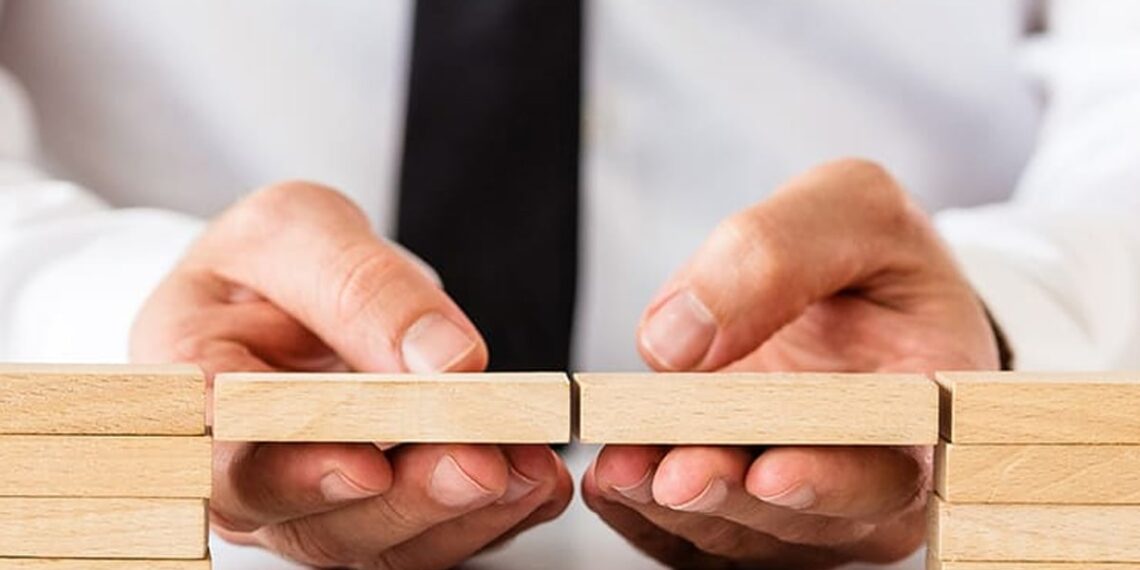Janus Henderson to go private following US$7.4bn acquisition
Global asset manager Janus Henderson has been acquired by Trian Fund Management and General Catalyst in a US$7.4 billion deal. Trian has been a shareholder since 2020 and previously owned 20.6 per cent while General Catalyst is a technology venture capital firm and the proposal was first announced in October 2025. The deal received unanimous approval and is expected to be completed in mid-2026. Janus...
Read moreDetails


















